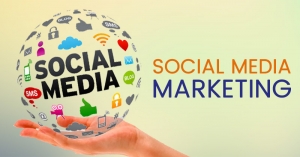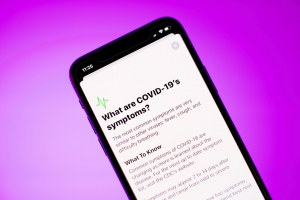The idea of giving away free products or services might seem counterintuitive when the goal is to generate revenue. After all, why would a business invest resources in something that doesn't provide an immediate return?
The answer lies in the psychology of generosity. When people receive something for free, they're often motivated to reciprocate in some way, whether by making a purchase or spreading the word.
Freebies also act as a way to get customers interested in a specific product or service. Think about it: you go to a new bar and they are handing out free drink tokens. The plastic tokens, probably with the bar's logo, let you get a few drinks for no cost at all. What good does it do for the bar?
According to PokerChips.com, each of these custom tokens costs at least $0.35. A beer can cost between $0.69 and $1.20. So why are bars willing to invest all this money in just freebies? The same goes for other business establishments: why give freebies?
Freebies, when done strategically, are a powerful tool for connecting with your audience and creating long-term value. But how do you ensure this approach works without falling into the trap of giving too much away?
Start with a Clear Purpose
Before you hand out your first freebie, define what you want to achieve.
For instance, Tesla is now, once again, offering free Supercharging to customers who purchase or lease a new Model S. With the model's sales declining, the Supercharging offer is probably Tesla's freebie to generate more sales.
Starbucks also offers freebies but in a different way. Here, customers have to sign up for a rewards program and complete surveys to earn points. Later, those points can be exchanged for a free drink or two. This approach enables Starbucks to boost sales and receive valuable feedback through surveys.
Hence, the idea is simple: give freebies, but have a purpose. Freebies almost always help with marketing, but without a purpose, it's just taking a shot in the dark.
Know Your Target Audience
Understanding your audience is essential for making freebies effective. The success of a freebie lies in its relevance to the people who receive it.
If you're a fitness coach, giving away a free downloadable meal plan will appeal to those interested in health and wellness. On the other hand, a free eBook about social media marketing might feel out of place for your followers.
Knowing your audience also helps you choose the best platforms to distribute your freebies, ensuring they reach the right people.
To dig deeper into your audience's preferences, consider running surveys or analyzing customer data. These insights can guide you in creating a freebie that aligns with their interests and introduces them to the unique value your business offers.
Offer Real Value
A freebie should never feel like a token gesture. To leave a lasting impression, it needs to genuinely solve a problem, provide joy, or fulfill a need for your audience.
For instance, if you're a graphic designer, offering a free, customizable design template could serve as a valuable resource. Similarly, a cafe might provide a free small coffee to introduce customers to its unique blend.
When freebies lack substance or seem like gimmicks, they can damage your credibility. Remember, the goal is to showcase the quality of your products or services, so people associate your brand with excellence.
Create a Sense of Exclusivity
People are naturally drawn to opportunities that feel special or limited. By making your freebie available for a specific time or to a select group, you can tap into this psychological trigger.
Netflix did this just last year. They announced the release of Monument Valley 3 – the sequel to a popular mobile game franchise. More importantly, they made it free to download exclusively for Netflix subscribers.
Such an approach increases the perceived value of the freebie and motivates potential customers to act quickly, fearing they might miss out. Exclusivity also helps you build relationships with your most engaged audience. When people feel they're part of an insider group, they're more likely to remain loyal to your brand and spread the word to others.
Frequently Asked Questions (FAQs)
What is a freebie in marketing?
A freebie in marketing refers to a product, service, or sample provided to customers at no cost. Businesses use freebies as a promotional tool to introduce new offerings, encourage customer engagement, or build brand loyalty. They are often part of a strategy to drive sales or create awareness.
How do you offer freebies?
Freebies can be offered through various channels, such as in-store promotions, online giveaways, or with purchases. Businesses might provide free samples, downloadable content, or trial periods for services. Clear communication about the offer and easy access to the freebie are essential for effectiveness.
How do freebies attract customers?
Freebies attract customers by creating interest, showcasing value, and lowering the barrier to trying a product or service. They build trust and encourage customers to explore the brand without financial risk. This strategy often leads to increased sales, as customers who enjoy the freebie are more likely to make a purchase.
Freebies, when done right, can be a game-changer for your marketing strategy. They allow you to introduce your brand to a wider audience, demonstrate the value of your offerings, and build trust with potential customers.
However, the key lies in being purposeful with your approach. Define your goals, understand your audience, and ensure the freebie adds genuine value to their lives.
When generosity is guided by strategy, it can transform a simple freebie into a powerful tool for growth. Remember that giving doesn't mean losing; it's a way to invest in relationships that benefit everyone involved.






